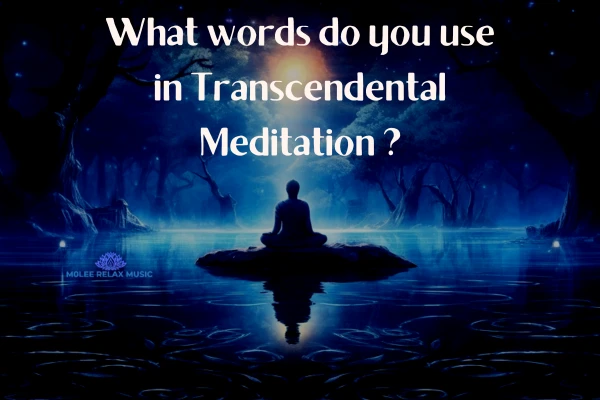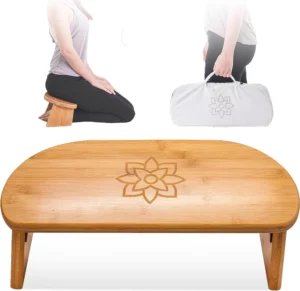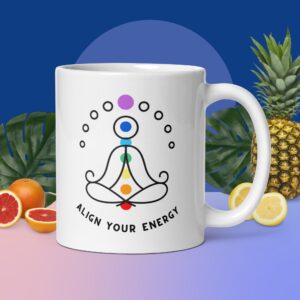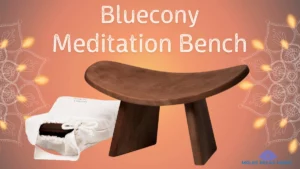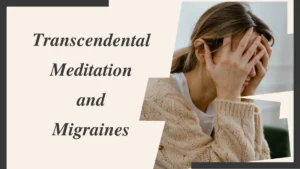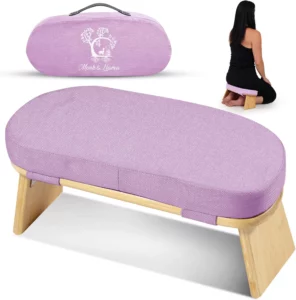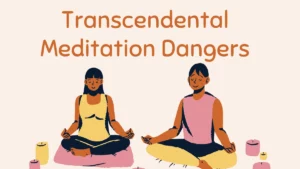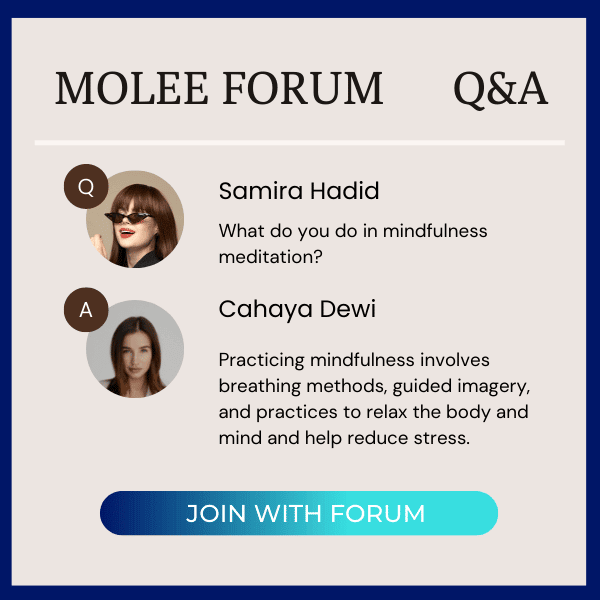Table of Contents
If you’ve dipped your toes into the calming ocean of Transcendental Meditation (TM), you’ve probably encountered the concept of mantras.
But, what are these elusive “words” used in TM, and why are they so important? Buckle up, dear reader, we’re about to embark on an enlightening journey!
The words of mantras does not have a meaning
First off, let’s set the stage about what a mantra is in TM’s context. Unlike words in our everyday lingo, TM mantras aren’t about meaning or semantics.
They’re more like secret keys—unique combinations of sounds—that unlock the door to deeper consciousness.
But, if you’re scratching your head thinking, “But don’t words need to have meanings?”, you’re in for a surprise.
In TM, the mantras used are generally meaningless sounds.
Why?
Simply because the goal is to transcend the conscious thinking process, and meaningful words could just get your thoughts churning like a busy squirrel in a nut factory.
The concept that no mantra is “better” than another
Before we go any further, let’s get one thing straight: no mantra is better than another.
It’s not a competition or a grade-school spelling bee. Each mantra is as unique and valuable as a pearl in an ocean.
It’s about the resonance between you and your mantra, not about being the loudest gong in the monastery.
What words do you use in Transcendental Meditation ?
Now, while we must honor the tradition of secrecy surrounding specific mantras in TM, we can still provide you with a sense of the types of mantras commonly used.
These words, often two syllables, are imbued with a vibration meant to guide your consciousness inward.
For instance, the mantras may sound like “Shirim” or “Ainga.”
Remember, these are just possible examples of the form a TM mantra may take. Your personal mantra will be given by a TM teacher, fitting you just right, like Cinderella’s glass slipper!
Now, let’s take a brief look at the mantras you mentioned: “Shiring,” “Ienga,” and “Kirim.”
The set of words used in TM Mantras
- eng
- em
- enga
- ema
- ieng
- iem
- ienga
- iema
- shirim
- shiring
- kirim
- kiring
- hirim
- hiring
- sham
- shama
These sound sequences, used in the practice of TM, work like a soft rhythm, a gentle pulse guiding your consciousness towards a state of deep rest and peaceful alertness.
TM mantras for beginners
Starting out on your Transcendental Meditation journey?
Buckle up! TM for beginners is all about finding your groove with a personal mantra.
This isn’t a common word, oh no! It’s a unique sound sequence given to you by a certified TM teacher. So, if you’re dipping your toes into the TM pool, remember—your mantra is your quiet companion, guiding you gently towards the shores of peaceful mindfulness.
Final Thoughts on the words used in TM Mantras
That’s the lowdown, folks! When it comes to TM, it’s not about the “words” in the traditional sense, but rather about special sounds known as mantras. These help to steer your mind inward, away from the hustle and bustle of conscious thoughts, and towards the serene town of Transcendenceville.
Remember, it’s not about finding a “powerful” mantra or a “meaningful” one. It’s about your mantra—the sound sequence that’s just right for you. It’s your personal key to unlock the tranquility residing within your own consciousness.
Curious to discover your personal TM mantra?
Take a leap of faith and dive into the profound ocean of TM. Reach out to a certified TM teacher and embark on your journey. Your mantra is waiting for you, a soft whisper ready to guide you into the realm of inner peace. Happy meditating!


